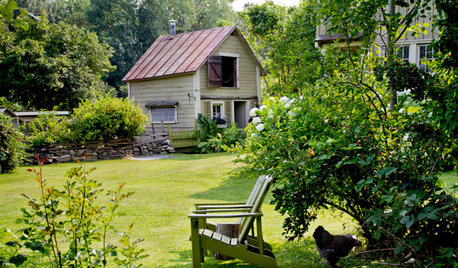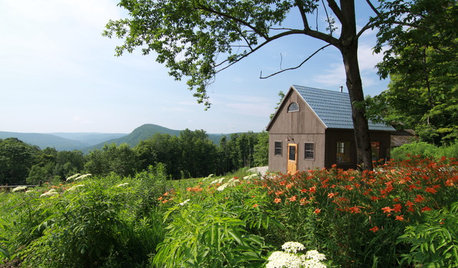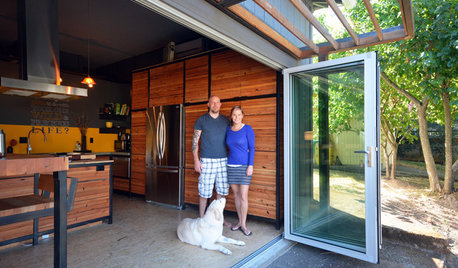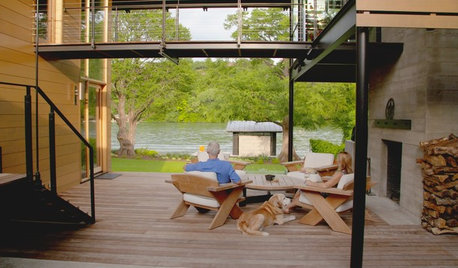A couple of NFT questions
wordwiz
13 years ago
Related Stories

INSPIRING GARDENSMy Houzz: DIY Love and Nature-Inspired Colors Update a Couple’s Garden
Secondhand finds and favorite pieces add whimsical beauty to this animal-loving couple’s property
Full Story
CABINSRoom of the Day: Timber-Frame Cabin Inspires Couple’s Creative Pursuits
This work studio, built in a simple vernacular architectural style, sits near a couple's rural home in the Berkshire mountains
Full Story
MY HOUZZHouzz TV: A Couple’s Garage Becomes Their Chic New Home
Portland, Oregon, homeowners find freedom in a city-approved garage home with DIY industrial flair
Full Story
MODERN ARCHITECTUREHouzz TV: This Amazing Lake House Made a Couple’s Dream Come True
Step inside a dream home on Lake Austin, where architecture celebrating gorgeous views has a striking beauty of its own
Full Story
INSIDE HOUZZSee a Couple’s New Spa-Like Bathroom From Lowe’s and Houzz
The sweepstake winners’ master bathroom gets a makeover with a new shower, tile and storage space
Full Story
CONTEMPORARY HOMESHouzz Tour: Newlywed Couple Find Their Style
A Portland, Oregon, ranch house goes from dark bachelor pad to married couple’s chic sanctuary
Full Story
LIFEWhen Your Tastes Clash: How to Design and Decorate as a Couple
Want to keep the peace? Work with both of your styles when remodeling, decorating or building new, for a home that feels right to all
Full Story
SHOP HOUZZHouzz Products: Great Wedding Gifts for Modern Couples
Give newlyweds a gift as memorable as the day itself, to have and to hold in a special place at home
Full Story
DECORATING GUIDESHouzz Tour: Couple Pares Down and Pumps Up the Style
A big transition from a large suburban house to a 1,200-square-foot urban condo is eased by good design
Full Story
SMALL HOMESHouzz Tour: A Young Couple's Bright and Cheerful In-Law Suite
A smart, budget-friendly makeover transforms an in-law apartment into a home for a graphic designer and her husband
Full Story



grizzman
wordwizOriginal Author
Related Discussions
cutting pvc fence post question nft
Q
Question about American Hydro NFT set ups
Q
New Micro Urban Farm using NFT
Q
My First NFT - Hello, and thanks for looking!
Q
homehydro
wordwizOriginal Author
lucas_formulas
wordwizOriginal Author
wordwizOriginal Author
chlorophyll_415
lucas_formulas
wordwizOriginal Author
homehydro
lucas_formulas
homehydro
lucas_formulas
wordwizOriginal Author
lucas_formulas
homehydro
lucas_formulas
wordwizOriginal Author
lucas_formulas
lucas_formulas
wordwizOriginal Author
lucas_formulas
homehydro
lucas_formulas
wordwizOriginal Author
lucas_formulas
wordwizOriginal Author
lucas_formulas
hardclay7a
lucas_formulas